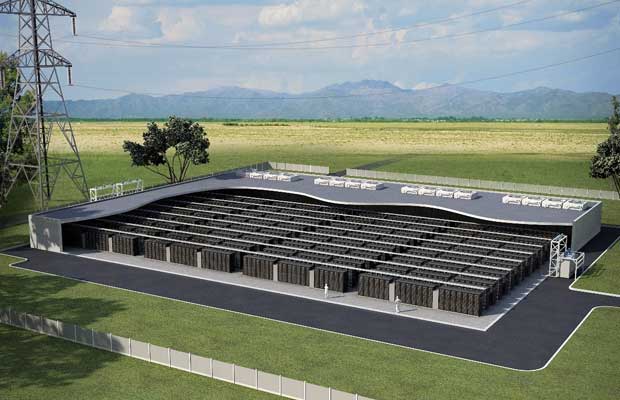
Breaking News
 Quantum walkie-talkie: China tests world's first GPS-free radio for border zones
Quantum walkie-talkie: China tests world's first GPS-free radio for border zones
 RIGHT NOW!: Why was lawyer Van Kessel, of the civil case on the merits in the Netherlands, arrested?
RIGHT NOW!: Why was lawyer Van Kessel, of the civil case on the merits in the Netherlands, arrested?
 PENSION FUNDS PANIC BUYING SILVER – Ratio Below 60 Triggers $50B Wave (Danger Next Week)
PENSION FUNDS PANIC BUYING SILVER – Ratio Below 60 Triggers $50B Wave (Danger Next Week)
 Dollar set for worst year since 2017, yen still in focus
Dollar set for worst year since 2017, yen still in focus
Top Tech News
 EngineAI T800: Born to Disrupt! #EngineAI #robotics #newtechnology #newproduct
EngineAI T800: Born to Disrupt! #EngineAI #robotics #newtechnology #newproduct
 This Silicon Anode Breakthrough Could Mark A Turning Point For EV Batteries [Update]
This Silicon Anode Breakthrough Could Mark A Turning Point For EV Batteries [Update]
 Travel gadget promises to dry and iron your clothes – totally hands-free
Travel gadget promises to dry and iron your clothes – totally hands-free
 Perfect Aircrete, Kitchen Ingredients.
Perfect Aircrete, Kitchen Ingredients.
 Futuristic pixel-raising display lets you feel what's onscreen
Futuristic pixel-raising display lets you feel what's onscreen
 Cutting-Edge Facility Generates Pure Water and Hydrogen Fuel from Seawater for Mere Pennies
Cutting-Edge Facility Generates Pure Water and Hydrogen Fuel from Seawater for Mere Pennies
 This tiny dev board is packed with features for ambitious makers
This tiny dev board is packed with features for ambitious makers
 Scientists Discover Gel to Regrow Tooth Enamel
Scientists Discover Gel to Regrow Tooth Enamel
 Vitamin C and Dandelion Root Killing Cancer Cells -- as Former CDC Director Calls for COVID-19...
Vitamin C and Dandelion Root Killing Cancer Cells -- as Former CDC Director Calls for COVID-19...
 Galactic Brain: US firm plans space-based data centers, power grid to challenge China
Galactic Brain: US firm plans space-based data centers, power grid to challenge China
Disruptive iron-air grid-scale battery is 10% the cost of lithium

These simple iron-air batteries store up to 100 hours of energy at a tenth the cost of a lithium battery farm.
The big picture here is of course renewable energy. Solar, wind and other forms of green energy produce power as and when it's available, rather than when it's needed. Sometimes they may not produce much at all, for days at a time. So as the world starts to transition away from cheap, responsive and heavily polluting energy sources like coal, one of the great challenges is creating buffer facilities that can cheaply store and release energy as required.
Tesla more or less kicked the grid-level energy storage sector off in 2017 when it built the world's biggest battery in South Australia. The project was a huge success, and spawned many similar, larger developments worldwide. But there are inherent issues with lithium batteries. They're expensive, they wear out, they're better suited to quick turnaround than long-term storage. Not to mention, China's near-stranglehold on the lithium battery industry presents genuine energy security issues for other countries in the race to zero carbon by 2050.
Form Energy believes it has the answer: an iron-air battery capable of mass deployment at very low cost, using extremely common materials, capable of supplying power for up to 100 hours in an emergency situation. At "less than 1/10th the cost of lithium-ion," a system like this could feed stored energy back into the grid at a price "competitive with conventional power plants,"
Iron-air batteries essentially work by initiating and reversing the rust process. Metallic iron combines with oxygen to release energy in the discharge cycle, and then when energy is applied to this rust, it converts back into metallic iron and releases its oxygen. It's a technology that's lain dormant for many decades due to a wasteful hydrolysis issue, which reduced the battery's efficiency by half until it was addressed in 2012.



